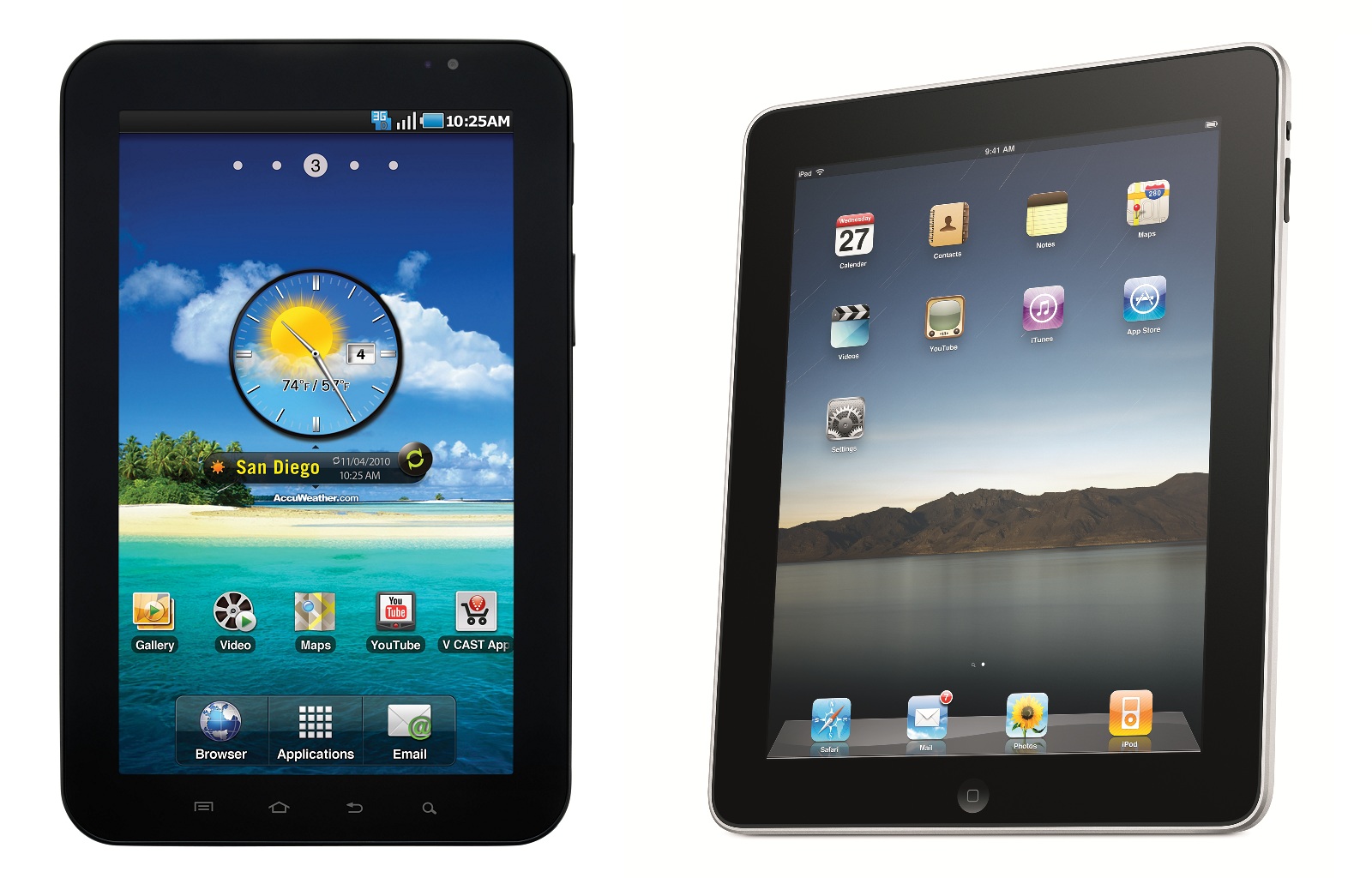 Samsung Electronics held its earnings call on Friday, April 26th, 2013. The Korean manufacturer had already posted its earnings guidance in advance of the call, sporting a quarter-over-quarter 50% growth in operating profit, and $40 billion growth in revenues since last year – both beating analyst estimates. With the tablet market being a high growth sector for both Samsung and chief rival Apple going forward, Chitika Insights looked to compare each company’s share of the overall marketplace over the past six months.
Samsung Electronics held its earnings call on Friday, April 26th, 2013. The Korean manufacturer had already posted its earnings guidance in advance of the call, sporting a quarter-over-quarter 50% growth in operating profit, and $40 billion growth in revenues since last year – both beating analyst estimates. With the tablet market being a high growth sector for both Samsung and chief rival Apple going forward, Chitika Insights looked to compare each company’s share of the overall marketplace over the past six months.
Released in consort with an earnings conference call on April 23rd, 2013, Apple’s earnings report provided, by most accounts, a mix of both positive and negative news for investors. Among other factors, iPhone and iPad sales came in ahead of expectations, but Mac desktop sales were down. While the company’s profit margin slipped partially due to lower-margin products like the iPad Mini, Senior Vice President and CFO Peter Oppenheimer touted how iPad-based Web traffic still constitutes 82% of all tablet-based Web traffic in North America. Additionally, despite the profit slip, the company is now committing $100 billion to a two-year program to return cash to shareholders via stock buybacks and larger dividends.
Right on the heels of Apple’s announcement is its chief rival in the mobile device space, Samsung, which held its earnings call on Friday, April 26th, 2013. The Korean manufacturer had already posted its earnings guidance in advance of the call, sporting a quarter-over-quarter 50% growth in operating profit, and $40 billion growth in revenues since last year – both beating analyst estimates. With the tablet market being a high growth sector for both Apple and Samsung going forward, Chitika Insights looked to compare each company’s share of the overall marketplace over the past six months. Specifically, the graphs below quantify the share of tablet Web traffic generated by all iPad and all Samsung Galaxy Tablet users in North America. The data below is drawn from a sample of hundreds of millions of tablet-based online ad impressions seen over the Chitika ad network from October 2012 through March 2013.


As seen in the graphs above, the share of tablet Web traffic from iPad users dropped by 10 percentage points over the past six months, but still maintains a dominant 81.9% share. Meanwhile, Samsung’s share of tablet Web traffic doubled over the same time period, but as it began with 2.1%, the growth results in a share of only 4.3%.
In conjunction, these longer-term changes underscore the state of the tablet marketplace. While analyst firms like IDC have catalogued gains by competitive Android offerings like the Amazon Kindle Fire and Samsung Galaxy Tab in terms of tablet shipments, iPad users remain the most active user base within the entire ecosystem. This is a major consideration for mobile Web and application developers, and consequently, impacts the overall user experience on these non-iPad devices. The cause of the disparity itself could be due to differences in the user interface, or demographic differences in each tablet’s existing user base. In either case, Samsung does have an opportunity to make or market its next round of tablet devices differently in order to address these areas, but Apple undoubtedly has a sizeable head start.
